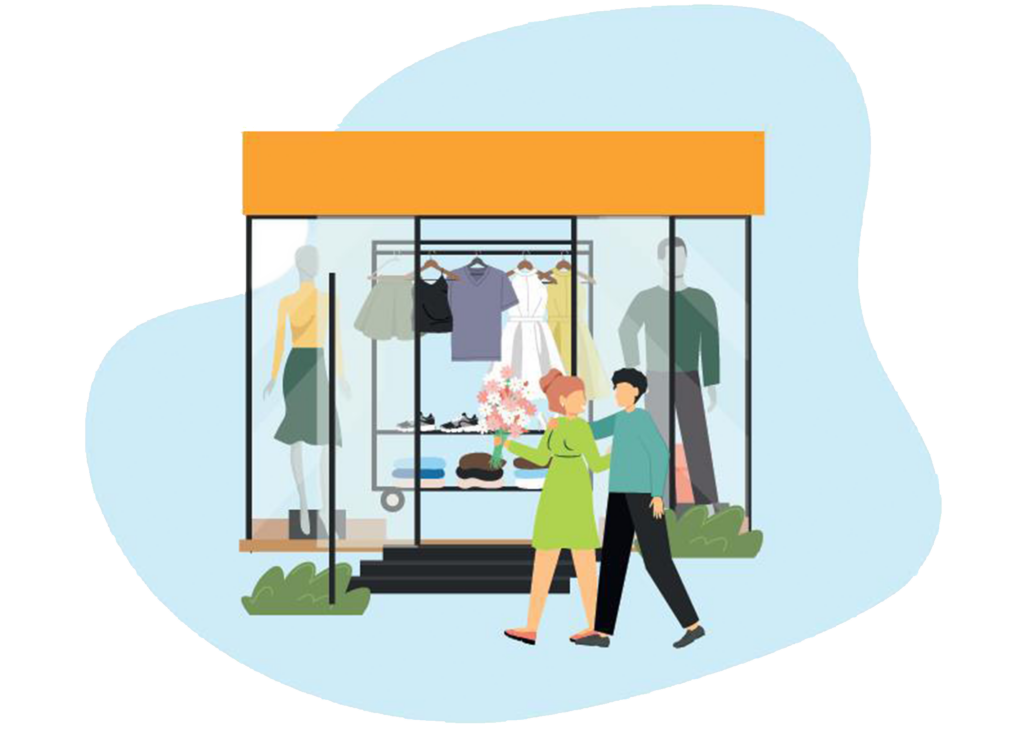Housing as a public health issue: Coronavirus and housing
Housing as a public health issue: Coronavirus and housing
Since March the relationship we all have with our homes has changed and intensified; those with space and safety have largely fared well, whilst others have come to noticeable harm. Last week we gave an overview of the topic of housing as a public health issue. This week we will take a closer look, investigating the links between the Covid-19 crisis and housing, links so strong that Newham Council branded the coronavirus pandemic a “housing disease”. The United Kingdom’s current housing crisis and the health issues linked to it have been fatally exposed during this difficult time. Those living in high density urban areas on lower pay have suffered disproportionately during this emergency. Often those who inhabit the lowest quality housing in a city and surrounding areas have compounding issues that have exacerbated their risk factors for coronavirus.
Those issues have included overcrowding in households – making it difficult or impossible to isolate when experiencing symptoms, low income and insecure employment – which has the potential to build rent arrears, as well as higher levels of stress and anxiety. Struggling to pay bills and growing rent arrears and been directly linked to reduced health. Those in poor housing are overrepresented in rates of poor diet, diabetes, chronic cardiovascular conditions and respiratory issues. Those in urban areas also have to contend with higher levels of air pollution. All of the above represent risks to health in normal times, but are compounded by the presence of a highly infectious disease.
In 2018, The National Housing Federation in partnership with NHS England suggested the development of a Housing and Health Alliance model to tackle existing issues affecting the UK and strengthen the links between policy and practice to enable stronger local working. In the coming years a formal – and many informal – alliances between health and housing bodies will be necessary to avoid a repeat of the suffering felt across 2020.
At this time, non-statutory guidance for local authorities has been given to encourage the enforcement of standards in rental accommodation, whether social or private, during Covid-19. These include a duty for private landlords and housing associations to inspect a property if it poses an imminent risk to a tenant’s health. If an identified serious hazard pre-dating the pandemic exists or if the tenant is already flagged as vulnerable and in need of extra support during this time, the duty exists to identify and begin emergency repairs on any existing hazards to health.
“There is evidence that our failure to get to grips with the housing crisis has helped make our society vulnerable to coronavirus. If the pandemic is not the wake-up call policymakers need to ensure our homes and health are treated as intrinsically linked, then nothing will be.”
Nathaniel Barker, Inside Housing
Overcrowding
One of the single most pressing housing issues in relation to the coronavirus outbreak has been that of overcrowding. As of 2017-18 around 3% of the UK’s housing stock was overcrowded, representing around 750,000 homes – a rate that has remained stable in owner occupied homes, but risen in both private and social rented properties. Children are the most affected by this, with 1 in 10 in the UK living in overcrowded households – that figure leaping to over a third in London.
The impact of Covid-19 is not just an issue that is affecting the UK during this crisis. A set of nine public housing tower blocks in Melbourne, Australia, home to 3000 people, were put under harsh lockdown conditions to tackle the recent Victoria outbreak. The acting Australian Chief Medical Officer described this type of housing architecture as “vertical cruise ships” in relation to the capacity of infectious diseases to spread within them.
Back in the UK, new lockdowns at a local level are starting to be enforced by local authorities. In Oldham, Manchester a high number of the most recent cases were attributed to multiple occupants of single households, often those living in shared accommodation or within large families. Of those new cases, two-thirds were represented by the town’s Pakistani and Bangladeshi communities.
Race, Housing and Coronavirus
Stark figures have emerged over the last six months documenting the disproportionate levels of coronavirus cases and deaths within BAME (Black, Asian and Minority Ethnic) communities in the UK. The story these numbers tell is that of prior existing inequalities across the UK. In terms of overcrowding in households, the English Housing Survey found that 30% of Bangladeshi households, 16% of Pakistani and 15% of Black African households in England were overcrowded in comparison to 2% of their white counterparts. Alongside overcrowding, 32% of BAME Britons live in poor housing compared with 26% of White Britons.
“The risks associated with COVID-19 transmission, morbidity and mortality can be exacerbated by the housing challenges faced by some members of BAME groups.”
Case Study: Looking to the Future
Under the current housing crisis, building new homes for health is essential. However, the time, resources and funding required to address the scale of the problem can seem insurmountable. Retrofitting existing blocks fit for modern habitation, therefore poses new opportunities for municipalities, social landlords, developers and the construction industry alike.
In 2019, Grand Parc Bordeaux was awarded the Mies van der Bohe architecture prize for a complete retrofitting of a 1960s housing block, which added a balcony to every dwelling on the estate. Following some people’s experience of lockdown, balconies have become a potentially necessary element for any household living in a flat.
Moreover, these units were prefabricated to ensure residents were not removed from their homes during renovation. The project also installed large glass doors and windows to provide better ventilation and light for each of the inhabitants.
“For social housing to work, it must provide enough stock to meet housing needs. It must also receive enough funding to manage and maintain the housing.”
Newham Council’s packaging of Covid-19 as a ‘Housing Disease’ neatly sums up the effects the coronavirus has had in tearing off the sticky tape holding together the UK’s housing crisis. Research from the House of Commons Library points towards the provision of social housing being the key for improving people’s wellbeing within the home, with those on low income in the social rented sector less likely to live in poor housing than those in the private rented sector. Home should not be a place that damages mental and physical health, but a safe shelter. Moving forward, a networked response between legislators, health and housing providers will be necessary to ensure good quality housing is not a luxury but an essential for each and every one of us.
[On-Demand Webinar] Navigating the shift in footfall trends, consumer behaviour, and economic challenges
MRI Springboard’s webinar looked back at how retail destinations have performed since the start of 2023 with a focus on: The effect on footfall of hybrid working and economic challenges which include ongoing inflationary pressures, the cost of living…

